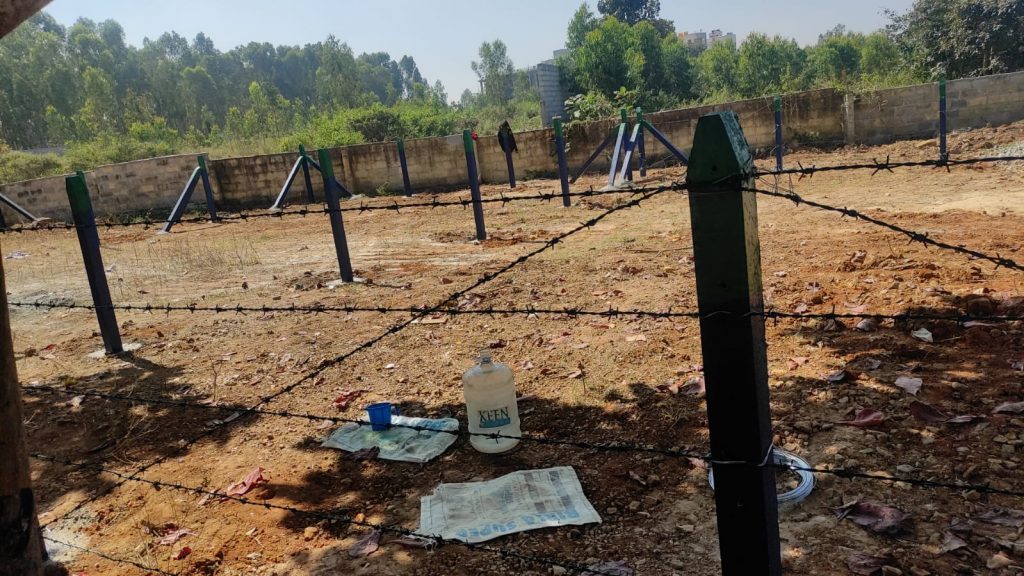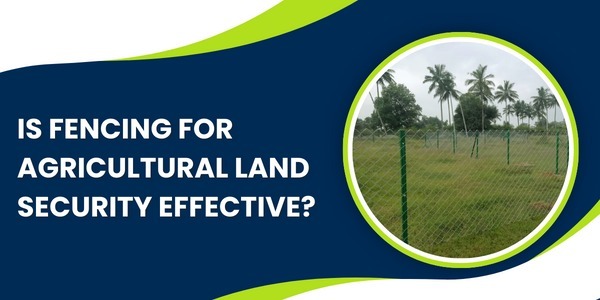Is Fencing for Agricultural Land Security Effective?
Introduction:
Agricultural Land Security with traditional fencing is under scrutiny in a tech-savvy era. Is it still an effective method for safeguarding valuable crops and livestock in today’s modern agriculture? Let’s embark on a journey to explore the merits and potential limitations of fencing in contemporary farming.

Balancing Tradition and Innovation: Traditional fencing has long been a cornerstone of agricultural security. However, it faces the challenge of coexisting with cutting-edge farming techniques and technology. Farmers are compelled to ponder whether this tried-and-true method aligns with the ever-evolving needs of agriculture or if it presents roadblocks to innovation.
Safeguarding Crops and Livestock: Historically, fencing has provided a physical barrier, protecting crops and livestock from the dangers of wildlife and unauthorized access. But, is it still as effective in a world where the boundaries of agriculture are constantly expanding? We’ll delve into whether the time-honored practice continues to be the steadfast protector it once was.
Customization and Adaptability: One undeniable strength of modern fencing solutions lies in their adaptability. Today, farmers have access to a wide array of fencing materials, designs, and technologies. This begs the question: how does the ability to customize and adapt fencing systems contribute to the efficiency and success of contemporary farming operations?
Economic Considerations: Fencing, while essential, can be a substantial financial investment. Does the long-term economic benefit of fencing outweigh the initial costs? We’ll explore how this tool impacts farming finances and its long-term cost-effectiveness.
Environmental Impact: In an age where sustainability is paramount, the environmental footprint of fencing comes into focus. How does this practice align with modern agriculture’s commitment to eco-friendly and sustainable farming methods? We’ll explore the potential environmental impact of fencing and whether it harmonizes with the broader goals of the agricultural sector.
Conclusion: “In conclusion, while deeply rooted in tradition, Agricultural Land Security with fencing adapts to the changing landscape of modern agriculture. This exploration provides insight into its continued value for today’s farmers, aiding our understanding of its role in advancing agriculture.”

























